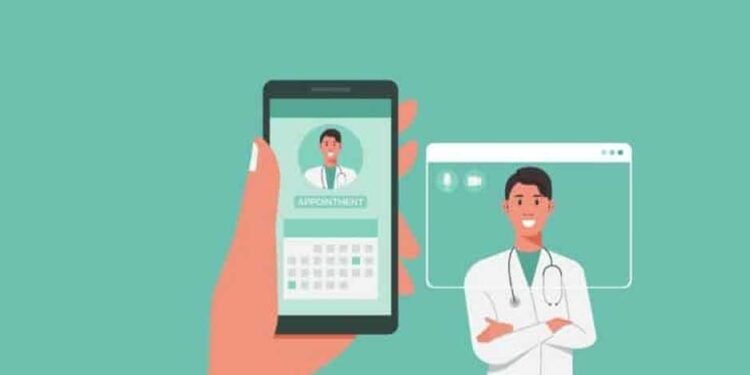Creating a scheduling app, particularly one tailored for healthcare services, is a complex but rewarding project. Whether you’re looking to streamline doctor appointments, manage patient records, or improve overall clinic efficiency, developing a robust scheduling app involves several critical steps. This article will guide you through the process, emphasizing the importance of working with a specialized healthcare app design agency and the nuances of doctor appointment scheduling app development.
Understanding the Requirements
1. Identify Your Goals
Before diving into development, it’s essential to clearly define the purpose of your scheduling app. Are you looking to simplify appointment bookings, manage staff schedules, or integrate telehealth services? Understanding your objectives will shape the app’s features and functionality.
2. Market Research
Analyze existing scheduling apps to understand their strengths and weaknesses. Look into user reviews and feedback to identify common pain points and unmet needs. This research will provide valuable insights into what your app should offer to stand out in the competitive market.
Design and Development
1. Partner with a Healthcare App Design Agency
Collaborating with a healthcare app design agency can significantly enhance your project’s success. These agencies specialize in creating apps that comply with healthcare regulations, offer user-friendly interfaces, and integrate seamlessly with existing healthcare systems. Their expertise ensures your app meets industry standards and provides a positive user experience.
2. Essential Features
Your scheduling app should include several key features to ensure it meets the needs of both patients and healthcare providers:
- User Profiles: Allow users to create and manage their profiles with personal and medical information.
- Appointment Booking: Enable easy scheduling, rescheduling, and cancellation of appointments.
- Notifications and Reminders: Send automated reminders for upcoming appointments to reduce no-shows.
- Calendar Integration: Sync appointments with popular calendar apps.
- Secure Messaging: Facilitate communication between patients and healthcare providers.
- Telehealth Options: Offer virtual consultations for convenience and accessibility.
3. User Interface Design
A user-friendly interface is crucial for the success of your app. Work closely with your healthcare app design agency to develop an intuitive, easy-to-navigate layout. The design should cater to users of all tech proficiency levels, ensuring that even less tech-savvy individuals can use the app without difficulty.
Development Process
1. Choose the Right Technology Stack
Selecting the appropriate technology stack is vital for the app’s performance and scalability. Common choices include:
- Frontend: React Native, Flutter, or Swift for iOS and Kotlin for Android.
- Backend: Node.js, Django, or Ruby on Rails.
- Database: PostgreSQL, MongoDB, or Firebase.
2. Develop and Test
The development phase involves coding the app’s frontend and backend components. Regular testing is crucial to identify and resolve bugs. Conduct user testing sessions to gather feedback and make necessary adjustments. Ensure that the app complies with healthcare regulations such as HIPAA in the United States.
3. Integration
Integrate the app with existing healthcare systems and third-party services. This includes Electronic Health Records (EHR) systems, payment gateways, and telehealth platforms. Proper integration ensures a seamless experience for users and enhances the app’s functionality.
Launch and Maintenance
1. Deployment
Once the app is thoroughly tested and integrated, it’s time to deploy it to app stores. Prepare for this stage by creating compelling app store listings with detailed descriptions and engaging visuals to attract potential users.
2. Ongoing Support
Post-launch, continuous monitoring and maintenance are essential. Regularly update the app to fix bugs, improve performance, and introduce new features based on user feedback. Providing excellent customer support will also help retain users and build a loyal user base.
Conclusion
Creating a scheduling app, especially for the healthcare sector, requires careful planning, design, and execution. Partnering with a healthcare app design agency can provide the expertise needed to navigate the complexities of doctor appointment scheduling app development. By focusing on user-friendly design, robust features, and seamless integration, you can develop a scheduling app that meets the needs of patients and healthcare providers alike, ultimately improving the efficiency and effectiveness of healthcare services.












